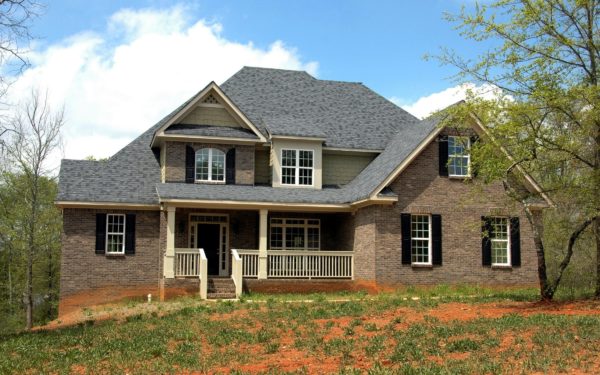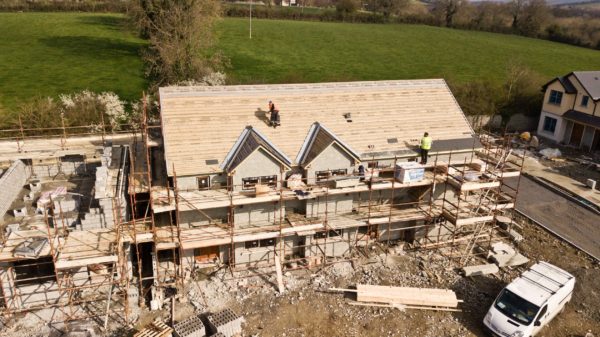An inspection performed by an expert roofer is much different from what the average person can do. If you’re a homeowner, you can see the superficial parts of the roof for damage; a professional, however, will closely examine the interior, exterior, and structure of the roof for problems.
Here’s how our roofers check a roof during an inspection. We look for leaks, wear and tear, organic growth, damage caused by windblown debris, and problems that could have happened during minor repairs like shingle installation.
The Structural Issues Professionals Look For In A Roofing Inspection
The inspection will look at the structure of the roof. A roofer will check for uneven planes and signs of sagging, and closely examine the soffit (the underside of an overhang), fascia (the board behind the gutters), and the gutter system to ensure they are all in good shape. They will look at chimneys made from masonry for cracks, decaying grout, and damage to chimney caps and flashing. The roofer will also check the venting in your attic for heat and moisture buildup.
Looking At The Material
 A roofer will get right on the roof to check for problems with the shingles, including signs of decay like loose or missing shingles, curling, and stains. The inspection will check for moss growth, rust, and missing fasteners and flashing (thin material used to direct water away from critical areas where the roof plane meets a vertical surface). Any aggregate from the shingles in the gutters can be signs of wear, and the inspector will also check the seals around vent pipes for gaps and deterioration.
A roofer will get right on the roof to check for problems with the shingles, including signs of decay like loose or missing shingles, curling, and stains. The inspection will check for moss growth, rust, and missing fasteners and flashing (thin material used to direct water away from critical areas where the roof plane meets a vertical surface). Any aggregate from the shingles in the gutters can be signs of wear, and the inspector will also check the seals around vent pipes for gaps and deterioration.
When looking at these parts of the roof, the inspection will also consider problems that could increase the risks of leaks and other forms of roof damage in the future. Improperly installed flashing around vent pipes, skylights, and chimneys are signs that problems are inevitable.
Interior Inspections
Last but definitely not least, an inspection will take place inside the home, too, as issues with a roof do not confine themselves to the exterior. An expert inspection will take the roofer inside your home to check upper floor ceilings, the attic, and interior walls for signs of damage: water stains, mould, rot, and other indications that water is leaking into your home.
When Should I Schedule A Roofing Inspection?
 We often receive calls from homeowners who want a roofing inspection after a big storm or when they detect leaks. While this is a good time for it, inspections should be performed more generally, too!
We often receive calls from homeowners who want a roofing inspection after a big storm or when they detect leaks. While this is a good time for it, inspections should be performed more generally, too!
One of the best times for a general roofing inspection is in the early fall. We say early because our team has to take care of fixes before the extreme cold comes. Temperatures well below zero will jeopardize the success of new roof installations; even small repairs, such as shingle replacement, may be prevented by frigid temperatures because new shingles won’t seal down properly when it’s too cold outside.
Remember: your home’s roof is its first line of defense against inclement weather and extreme temperatures. The better shape it’s in, the better your home and belongings are protected from the elements!












